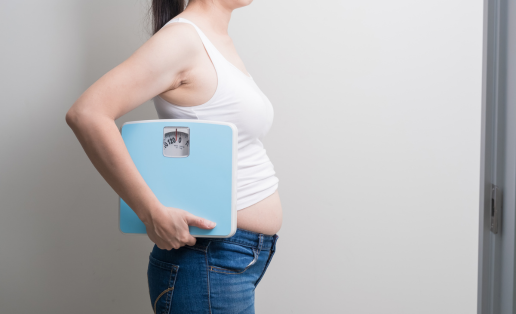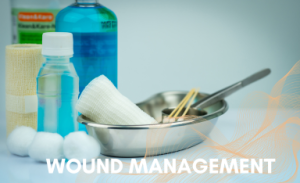
A patient’s guide for managing this post-surgery symptom
A common post-surgery experience that many of our patients at Valley Plastic Surgery encounter is bloating and swelling. The frequency of the experience makes it no less relevant or any less frustrating, but here we discuss the causes, the management and some preventative strategies.
Why Am I Swollen? The Causes:
After your surgery, you might look in the mirror and think, “Wait a minute, this isn’t what I expected!” Don’t worry, you’re not alone in feeling this way. Swelling is your body’s natural response to surgery. It’s actually a good sign – it means your body is working hard to heal itself.
When we perform surgery, whether it’s a tummy tuck (abdominoplasty), breast augmentation, or belt lipectomy, we’re disrupting tissues and blood vessels. Your body responds by sending extra fluid and white blood cells to the area to protect and heal it. This extra fluid is what causes the swelling you see.
What to Look Out For: Symptoms:
So, what exactly does post-surgery swelling look like? You might notice:
- A puffy or bloated appearance in the surgical area.
- Tightness or a feeling of pressure.
- Shiny or stretched-looking skin.
- Temporary numbness or tingling.
Remember, these symptoms are all normal parts of the healing process. However, if you notice severe pain, redness, or fever, please contact us right away as these could be signs of infection.
The Healing Journey….. Treatment and Management:
When you’ve made the decision to undergo a major plastic surgery procedure like abdominoplasty, belt lipectomy, or surgery after massive weight loss, it’s natural to feel excited about the results. However, it’s crucial to remember that healing is a journey, not a destination. We absolutely understand that it can be frustrating to look in the mirror and not see the results you were hoping for right away. But we promise you, underneath that swelling, your body is transforming. Time and patience are your best friends right now.
Here are some tips to help manage swelling:
1. Rest and elevate: Your body needs energy to heal, so get plenty of rest. When possible, elevate the affected area above your heart to help reduce swelling.
2. Cold compresses: Apply cold packs to the swollen area for 20 minutes at a time, several times a day. Just remember to wrap the ice pack in a towel to protect your skin.
3. Compression garments: If we’ve provided you with compression garments, wear them as directed. They help reduce swelling and support your healing tissues.
4. Stay hydrated: Drinking plenty of water helps flush out excess fluids and reduces bloating.
5. Gentle movement: Once we give you the go-ahead, light walking can help improve circulation and reduce swelling. But don’t overdo it!
6. Lymphatic Drainage Massage: Along with gentle movement, massage – especially lymphatic drainage massage – may be beneficial for some patients. Please ensure your consult with a therapist who is extremely well versed in post-operative care and fully qualified as a lymphatic drainage massage therapist. (You can read more about this treatment option HERE:
7. Healthy diet: Eating nutritious, low-sodium foods can help combat water retention and provide your body with the nutrients it needs to heal.
An Ounce of Prevention:
While some swelling is inevitable, there are steps you can take to minimise it:
- Follow pre-surgery instructions carefully, especially regarding medications and diet.
- Stop smoking well before your surgery date, as smoking can impair healing.
- Prepare your recovery space in advance, so you have everything you need within easy reach.
- Arrange for help during your initial recovery period to avoid overexertion.
The Road to Recovery: Aftercare
As the days and weeks pass, you’ll start to see your swelling decrease. Remember, everyone’s healing journey is different. Some patients see significant improvement in a few weeks, while for others, it may take a few months for all the swelling to subside.
Continue following your personalised aftercare instructions, attend all your follow-up appointments, and don’t hesitate to reach out if you have any concerns. We’re here to support you every step of the way.
At Valley Plastic Surgery, we understand that the recovery process can sometimes feel as challenging as the decision to have surgery in the first place. Remember, you’re not just healing; you’re transforming. Be patient with your body, celebrate small progress, and before you know it, you’ll be showing off your amazing results and we’re here to support you every step of the way.
***
Note: Individual results will vary according to several factors, including genetics, age, diet & exercise. All surgeries carry risk & require an appropriate recovery period & aftercare regime which may include wearing compression garments or modifying your lifestyle post-operatively. You should seek a second opinion from a Specialist Surgeon before proceeding. More information about these risks and aftercare can be easily found on our website here:



